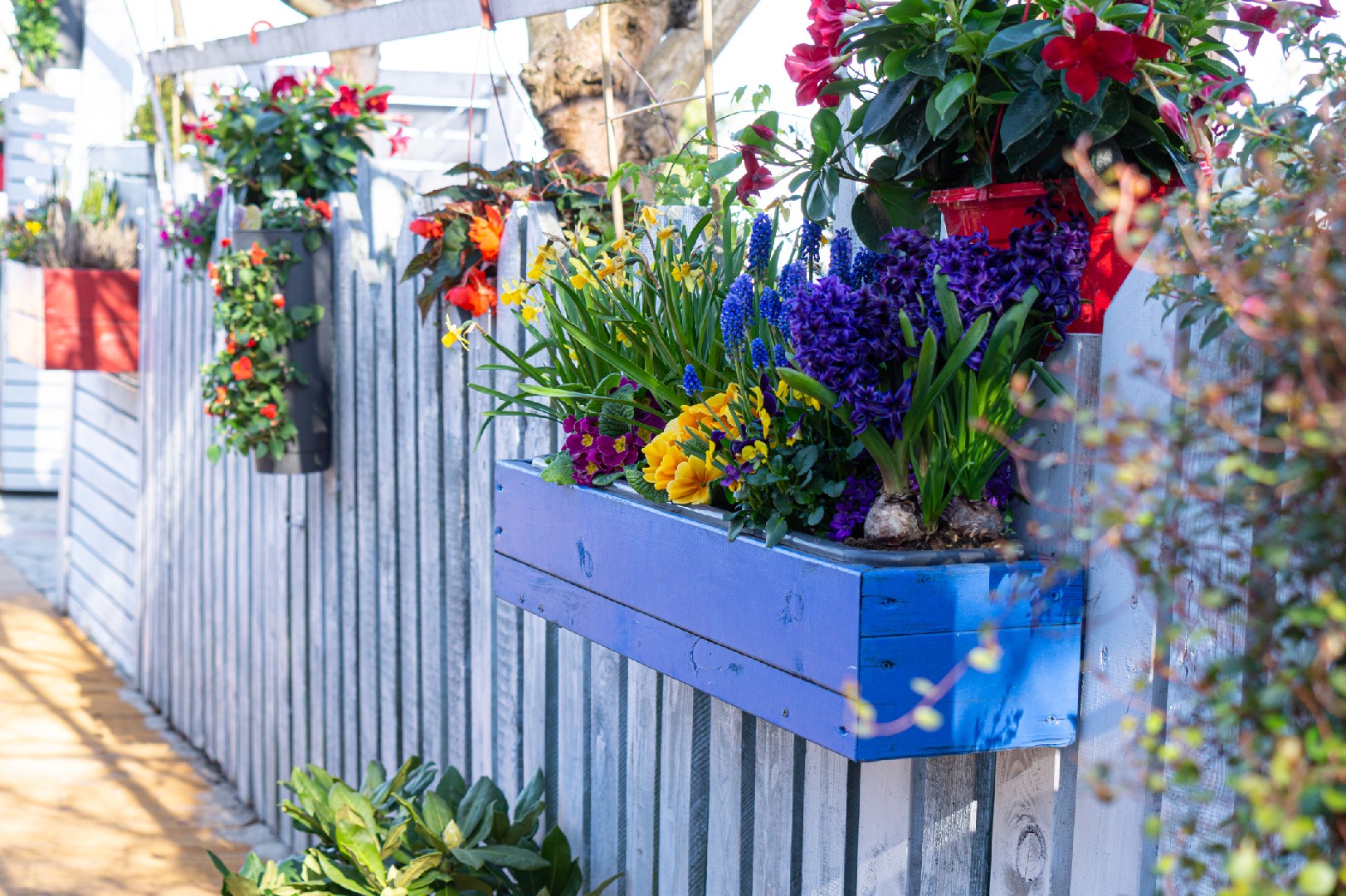
The Science & Benefits of Vertical Container Gardening
Vertical container gardening is a groundbreaking method that revolutionizes traditional gardening practices. By utilizing vertical space, this innovative technique provides a plethora of benefits for garden enthusiasts. In this section, we will explore the science behind vertical gardening and delve into its numerous advantages.
One of the key principles behind vertical gardening is the concept of utilizing vertical space to optimize plant growth. By growing plants vertically, gardeners can maximize their yield, even in limited spaces. This is achieved by utilizing techniques such as trellising, stacking, and hanging planters. Vertical gardens make efficient use of every available inch, creating a productive oasis in even the smallest urban spaces.
The benefits of vertical gardening are far-reaching. Firstly, it allows for increased yields compared to traditional horizontal gardening. By growing plants vertically, gardeners can stack multiple layers of plants, effectively multiplying the growing area. This enables them to grow more plants and enjoy a greater harvest, making vertical gardening an excellent choice for those seeking space-age yields.
In addition to increased yield, vertical gardening also offers a reduced footprint. Traditional gardens require significant horizontal space, often limited by the size of the garden plot. However, with vertical gardening, the same amount of plants can be grown in a smaller footprint, freeing up valuable space. This is particularly advantageous for urban gardeners with limited outdoor areas or apartment dwellers with only a balcony or windowsill to work with.
Another remarkable feature of vertical gardening is its versatility. This method can be adapted to various settings and needs, making it suitable for gardeners with diverse requirements. Whether you have a tiny balcony, a spacious backyard, or even an indoor space with abundant natural light, vertical gardening can be tailored to fit your needs. It allows for creative configurations, such as living walls, trellises, and hanging baskets, creating a visually stunning and functional garden.
To embark on your vertical gardening journey, it's essential to acquire some practical skills and knowledge. Firstly, familiarize yourself with the specific requirements of the plants you intend to grow. Consider factors such as sunlight exposure, water needs, and soil preferences. Additionally, learn about the different types of containers and structures suitable for vertical gardening. From wall-mounted planters to stackable pots, there are numerous options available to cater to your space and aesthetic preferences.
Another vital skill for successful vertical gardening is proper plant maintenance. Regular watering, fertilizing, and pruning are crucial to ensure healthy plant growth. In vertical gardens, it's important to monitor moisture levels, as gravity can affect the distribution of water. Implementing an efficient irrigation system will help maintain optimal hydration for your plants.
Furthermore, vertical gardening provides an opportunity to experiment with companion planting. By choosing compatible plant varieties, you can create a harmonious ecosystem that maximizes growth and minimizes pest issues. Research companion planting strategies to discover which plants thrive alongside each other and ward off common garden pests naturally.
In conclusion, vertical container gardening merges innovation with nature, offering a multitude of benefits to gardening enthusiasts. By understanding the science behind it and acquiring the skills necessary for success, you can enjoy increased yields, make the most of limited space, and create a beautiful and productive garden. Start exploring the endless possibilities of vertical gardening and unlock its full potential in your gardening journey.









